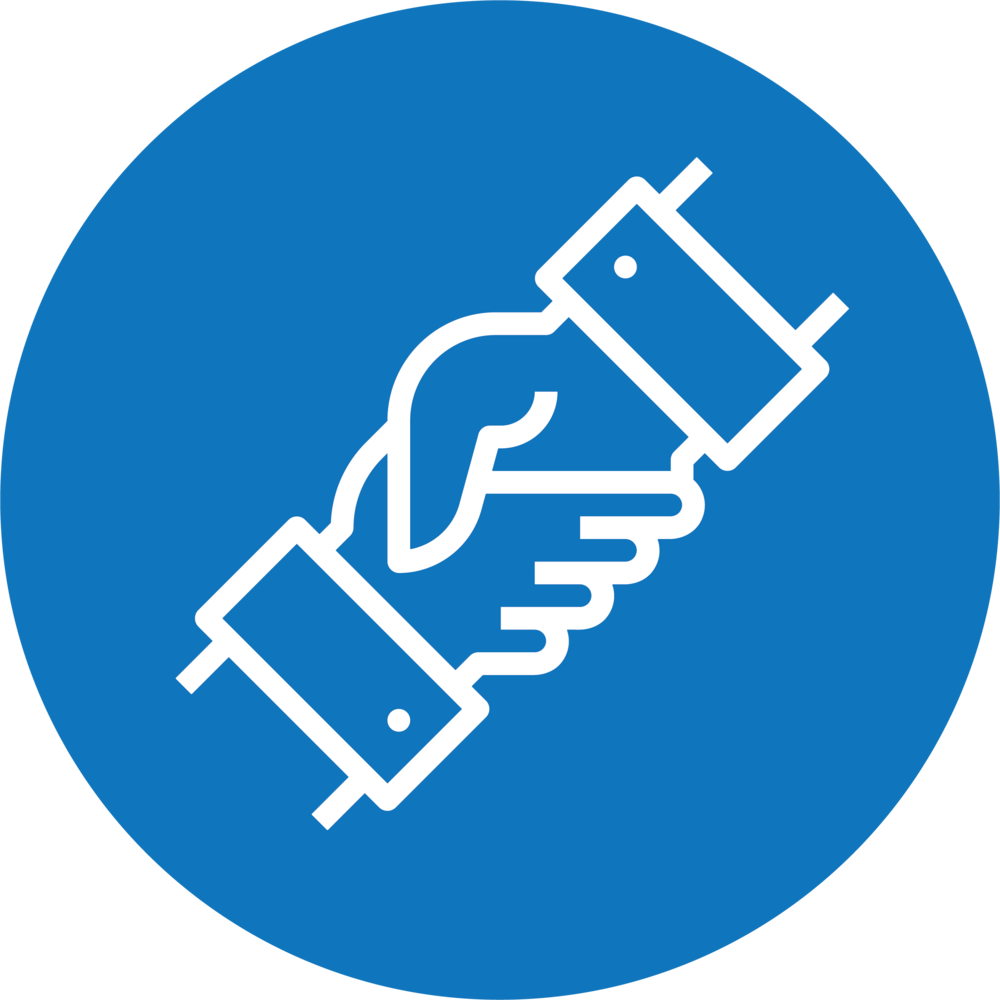How to Protect Your Personal Data Online
As we navigate the digital age, the security of our personal data is paramount. Cyber threats are evolving, making it crucial to adopt robust security measures. This article offers a comprehensive approach to enhancing your online data protection, detailing the importance of recognizing the value of your data and providing

As we navigate the digital age, the security of our personal data is paramount. Cyber threats are evolving, making it crucial to adopt robust security measures.
This article offers a comprehensive approach to enhancing your online data protection, detailing the importance of recognizing the value of your data and providing actionable steps to secure it.
Understanding Personal Data Value
Personal data encompasses a wide spectrum, from basic identification details to complex behavioral insights gathered from online activities. This information is a goldmine for entities ranging from legitimate businesses to malicious actors.
Users constantly provide different websites with some of their personal data. Whether you are looking for a marriage with Ukrainian woman brides on dating websites or browsing through online shops, you should be aware of the security of your data.
Acknowledging the importance of this data is the first step in protection. It's crucial to understand that anything shared online has the potential to be exploited.
Security Measures to Consider
There are different websites on the Internet, and while some of them are well-protected, others may lack efficient measures or even target their visitors. As a user, you can ensure several security measures to keep your data safe. Let’s explore the most essential ones.
Password Protocol
Passwords are the gatekeepers of your digital accounts. The creation of strong, unique passwords is non-negotiable. This means using a combination of upper and lower case letters, numbers, and symbols to create a password that is hard to guess.
A password manager can assist in generating and storing these passwords securely. Avoid using easily guessable passwords such as a set of numbers in a row or simple words, and never reuse the same password across different sites and services.
Two-Factor Authentication
Two-factor authentication (2FA) adds a critical layer of security. By requiring a second form of identification, 2FA makes it significantly harder for intruders to gain unauthorized access. Opt for authentication apps or hardware security keys over SMS-based verification, which can be intercepted or redirected by cyber-criminals.
Software Vigilance
Software updates play an essential role in safeguarding your data. Developers regularly release updates that patch vulnerabilities. Ensure that your operating system, applications, and antivirus software are up to date. Activate automatic updates to alleviate the burden of manual installations.

Phishing Awareness and Digital Footprint Management
Phishing scams are sophisticated attempts to steal personal information. Be vigilant about unsolicited communications asking for sensitive data. Analyze emails for legitimacy and avoid clicking on unknown links or downloading attachments from dubious sources.
Managing your digital footprint involves being selective about what you share online. Adjust privacy settings on social media platforms to limit who can view your information. Be especially cautious with information that could be used to answer security questions or to impersonate you.
Network and Data Encryption
A secure home network is a vital component of your data protection strategy.
- Change default credentials on your router to something only you know. For enhanced security, employ WPA3 encryption and keep your router's firmware current.
- When using public Wi-Fi networks, a VPN from one of the top VPN providers can provide a secure and encrypted connection, shielding your browsing from prying eyes.
Account Monitoring and Credit Supervision
Keep a close watch on financial accounts, looking out for any transactions that you do not recognize. Setting up transaction alerts can provide immediate notification of unauthorized activity. Regularly checking your credit report can reveal if any accounts have been opened in your name without consent.
Education and Preparatory Measures
Staying informed about potential cyber threats and how to prevent them is vital. Share this knowledge with your network, and assist those who may not be as familiar with technology.
In the event that your data is compromised, have a response plan ready. This includes knowing who to contact, how to change your passwords quickly, and how to monitor for signs of identity theft.
Conclusion
Protecting your personal data is an ongoing process that demands diligence and awareness. Incorporating these protective measures into your routine can drastically minimize the risk of data breaches.
Remember, the security of your personal data is as much about your actions as it is about technological solutions. Stay vigilant, stay informed, and stay in control.






